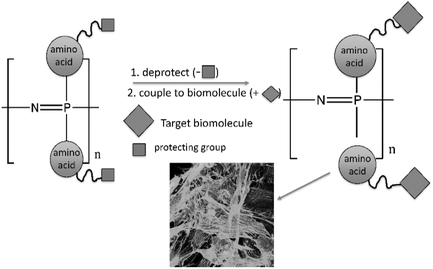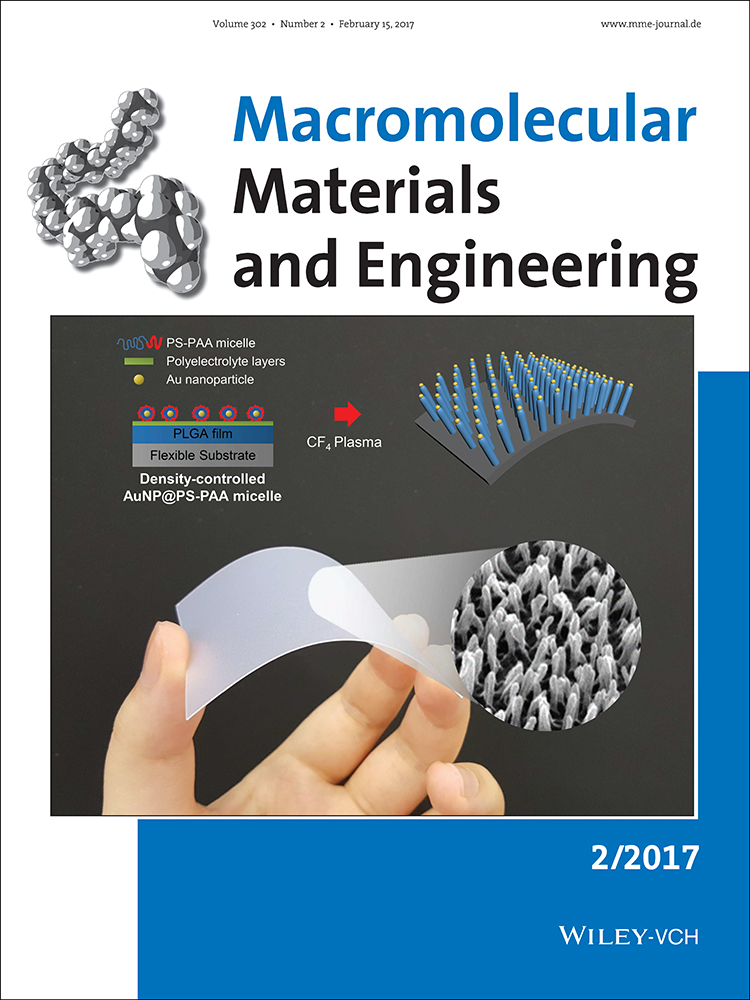One-Pot Substitution Approach for the Syntheses of Nonfunctional and Functional Poly[(amino acid ester)phosphazene] Biomaterials
Abstract
Biodegradable polyphosphazenes are important class of biomaterials. Their preparation typically requires specialized setup, inert conditions, and cumbersome and multiple processes. This work focuses on the synthesis of both nonfunctional and novel functional poly[(amino acid ester)phosphazene]s using a simplified thermal ring opening polymerization in air, followed by one-pot (1P) room temperature substitution, also in air. While some hydrolysis was inevitable under such conditions, purified materials with lower polydispersity indices than previously reported and acceptable yields were successfully and reproducibly obtained. The poly[(amino acid ester)phosphazene]s developed in this work are based on l-alanine, l-phenylalanine, and l-methionine with l-glutamic acid to render them functionality. Characterization of these synthesized materials demonstrated that the 1P substitution was successful in developing mono- and co-substituted poly[(amino acid ester)phosphazene]s. Cytotoxicity studies on 2D films showed the materials to be compatible with NIH-3T3 fibroblasts while confocal imaging of cells showed a well-spread morphology with abundant F-actin within the cytoskeleton. The l-phenylalanine-based poly[(amino acid ester)phosphazene]s also showed significantly enhanced cell viability over tissue culture polystyrene at days 1 and 3 of cultivation (p < 0.01). Overall, this study has shown that poly[(amino acid ester)phosphazene]s can be obtained with acceptable yields and straightforward reaction conditions, leading to materials suitable for broader biomedical applications.





